Wood Species
Some local, some exotic. Sourced from local family businesses. Every board is hand selected for its unique beauty. These are the characteristics of the different wood species we use in our shop.
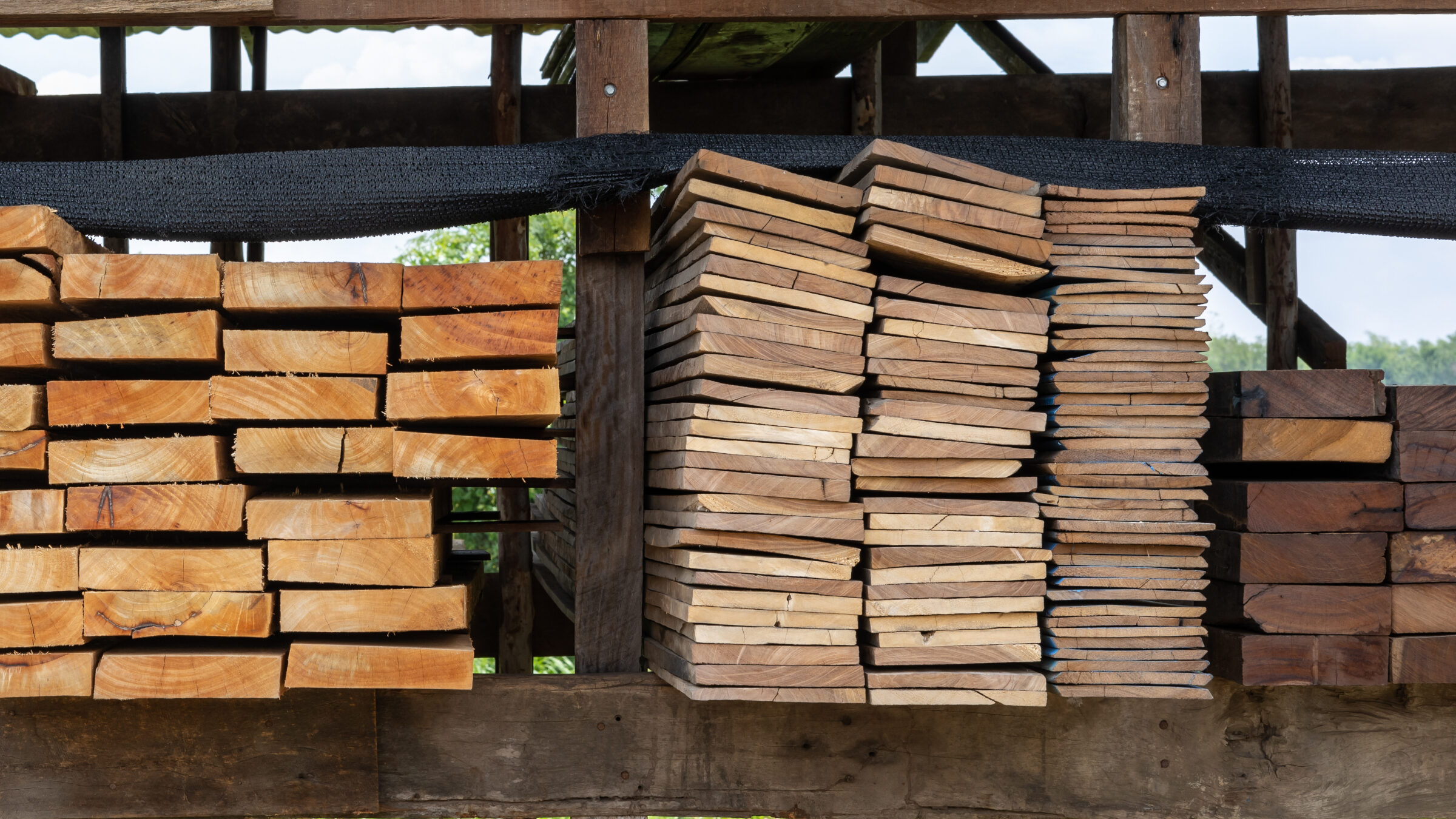
These are the various wood species we use and why we use them.

African Walnut
Common Name(s): African Walnut
Scientific Name: Lovoa trichilioides
Distribution: West Tropical Africa
Tree Size: 100-150ft (30-46m) tall, 2-4ft (0.6-1.2m) diameter
Janka Hardness: 940 lbf (4,180 N)
Characteristics: Golden to reddish in color with uniform dark streaks. Will darken with age.
Tone: African Walnut provides excellent balance with clear tones.
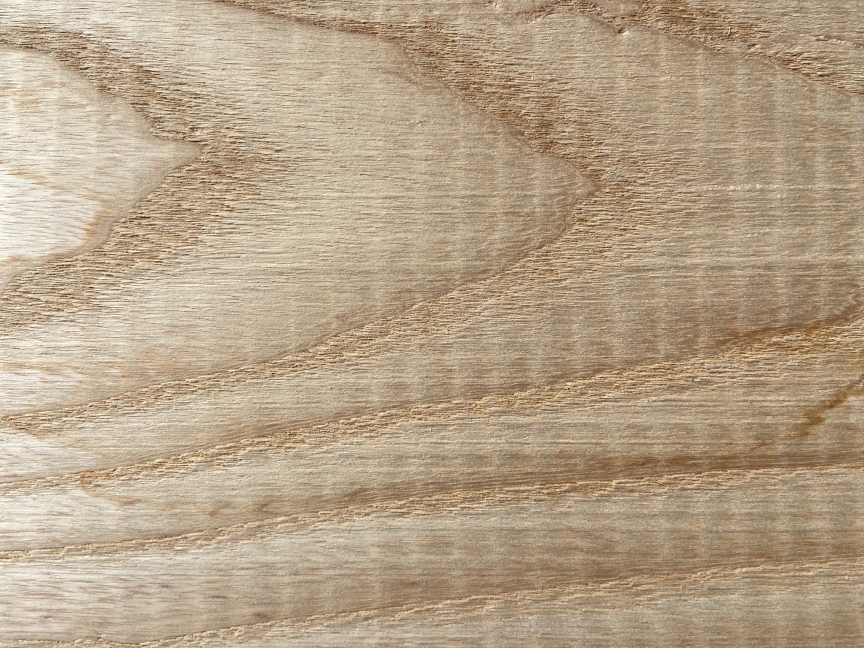
Ash / White Ash
Common Name(s): Ash, American White Ash, White Ash
Scientific Name: Fraxinus americana
Distribution: Eastern North America
Tree Size: 60-100ft (18-30m) tall, 2-5ft (0.6-1.5m) diameter
Janka Hardness: 1320 lbf (5,870 N)
Characteristics: Ash ranges from light to medium brown and has medium to coarse grain. A strong, dense wood, a longtime favorite of a major instrument manufacturer.
Tone: Ash provides a bright, resonant tonal character, with well-defined midranges and warm, strong lows.
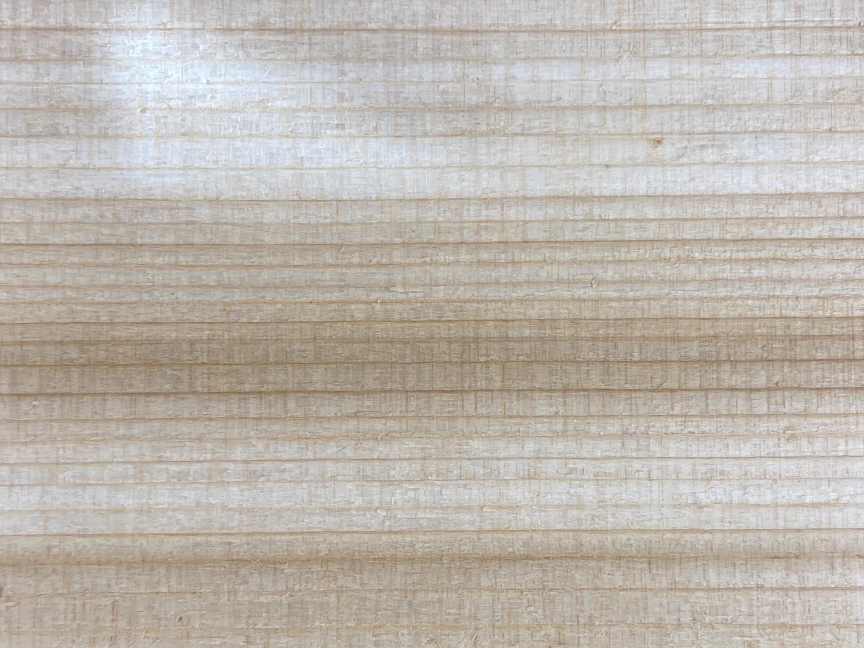
Cedar
Common Name(s): Western Red Cedar
Scientific Name: Thuja plicata
Distribution: Pacific Northwest America
Tree Size: 165-200ft (50-60 m) tall, 7-13ft (2-4 m) diameter
Janka Hardness: 350 lbf (1,560 N)
Characteristics: Cedar is typically reddish brown in color and contain streaks of pinkish or darker reddish brown hues.
Tone: Cedar provides a warm, rich sound. Sometimes described as darker than other tonewoods.
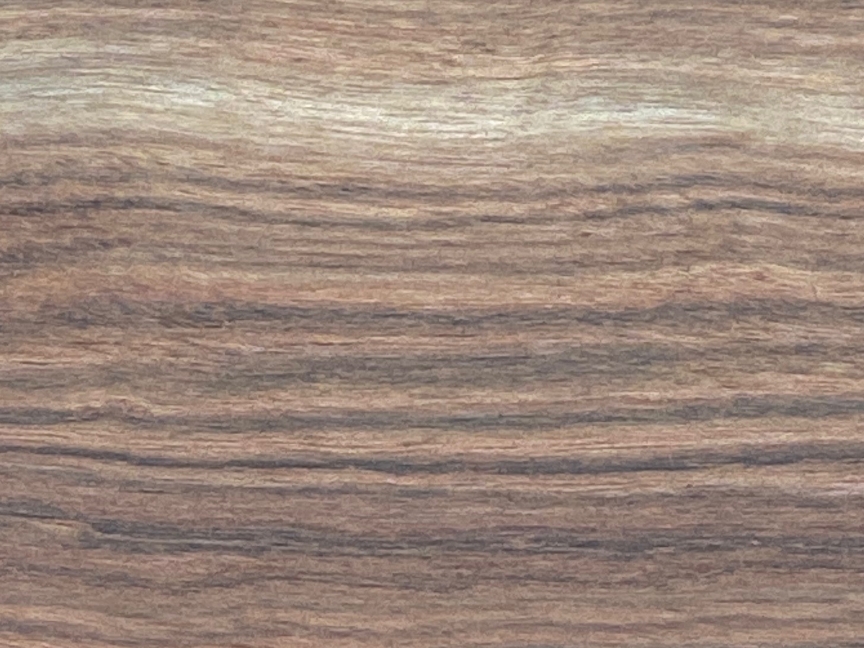
Chechen
Common Name(s): Chechen, Black Poisonwood, Caribbean Rosewood
Scientific Name: Metopium brownei
Distribution: Central America
Tree Size: 50-115ft (15-35 m) tall, 3-5ft (1-1.5 m) diameter
Janka Hardness: 2,400 lbf (10,670 N)
Characteristics: Chechen typically has a varied grain pattern and features red, orange, and brown hues, with dark brown stripes. The colors can darken with age. This dense, tight-grained hardwood makes a fantastic fretboard.
Tone: Chechen shares some characteristics with Rosewood, despite not being a true Rosewood. It provides deep lows, rich tone, good projection and volume. Similar to Rosewoods, Chechen provides good sustain.
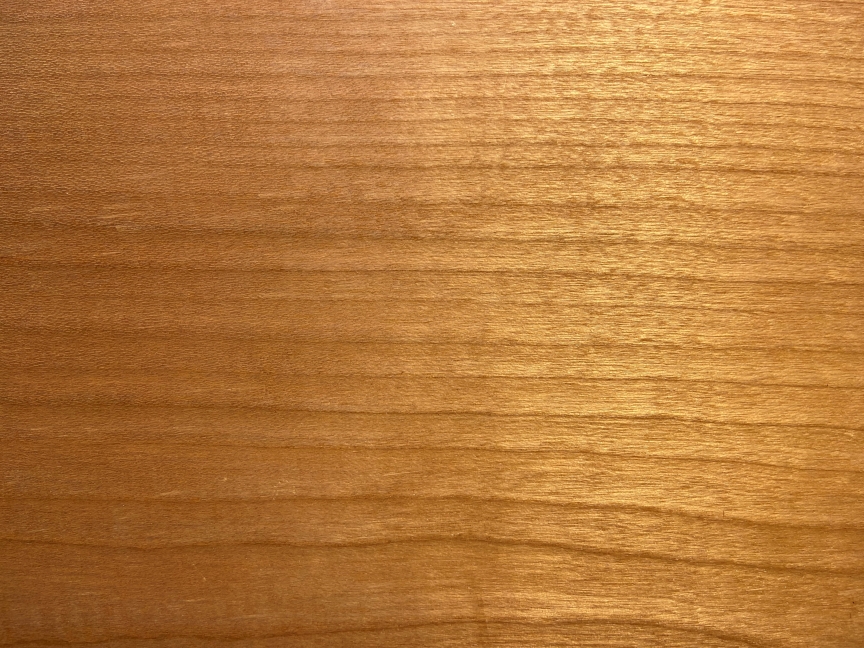
Cherry / American Cherry / Black Cherry
Common Name(s): American Cherry, Black Cherry
Scientific Name: Prunus serotina
Distribution: North America
Tree Size: 50-100ft (15-30m) tall, 3-5ft (0.9-1.5m) diameter
Janka Hardness: 950 lbf (4,230 N)
Characteristics: American Cherry ranges from medium to deep reddish brown and can intensify slightly in color over time and exposure to light.
Tone: Cherry has a rich, well-balanced tone with good clarity and sustain. Similar in tone characteristics to Maple.
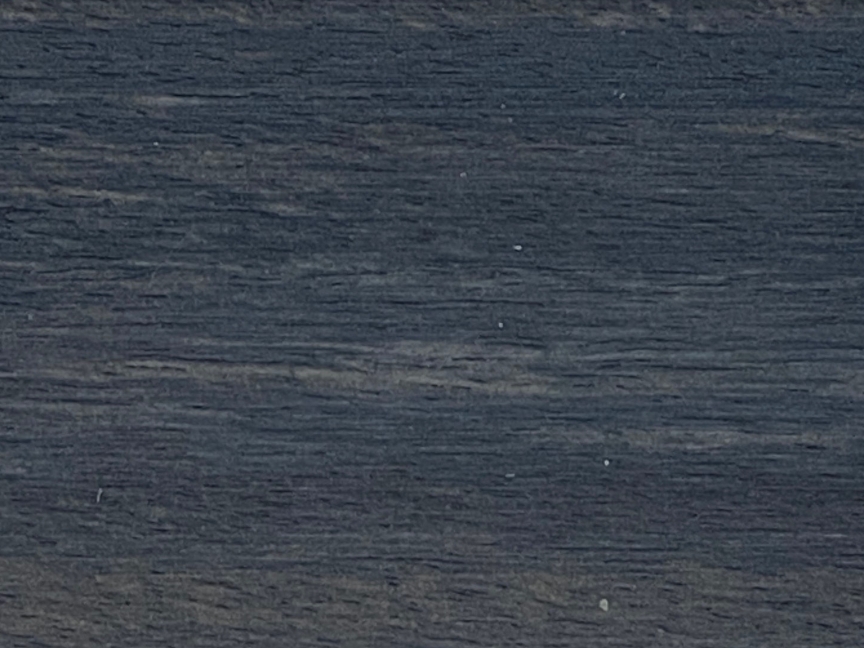
Ebony / African Ebony
Common Name(s): Ebony, African Ebony, Gabon Ebony
Scientific Name: Diospyros crassiflora
Distribution: Equatorial West Africa
Tree Size: 50-60ft (15-18 m) tall, 2-3ft (.6-1 m) diameter
Janka Hardness: 3,080 lbf (13,700 N)
Characteristics: Ebony is typically black with little grain variation. Grain colors when present include brown and gray hues. Macassar, or Striped Ebony is related and features dramatic grain variation with yellow to brown hues mixed with black stripes. Ebony is extremely hard and difficult to work, but provides an incredible look, feel, and tone.
Tone: Ebony is arguably the historical gold standard for instruments, producing deep bass, full mids, and vibrant trebles. Ebony provides clear and articulate tones, great projection and incredible sustain.
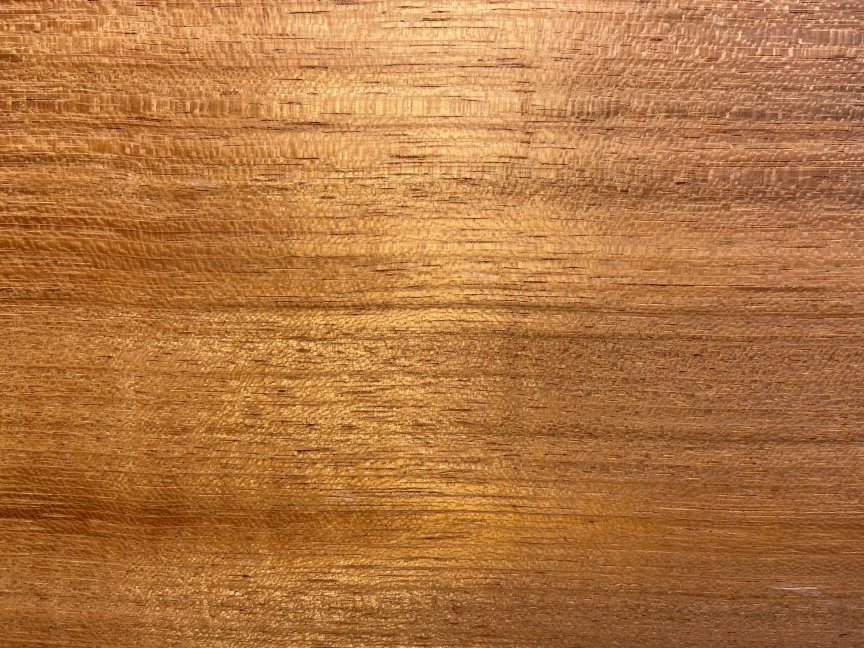
Jatoba / Brazilian Cherry
Common Name(s): Jatoba, Brazilian Cherry
Scientific Name: Hymenaea courbaril
Distribution: Central America – Northern South America
Tree Size: 100-130ft (30-40 m) tall, 2-4ft (.6-1.2 m) diameter
Janka Hardness: 2,690 lbf (11,950 N)
Characteristics: Jatoba is a highly dense, heavy wood. It varies from an orange-brown to a darker reddish-brown in color. The color tends to intensify with time and exposure to light.
Tone: Jatoba has a warmer tone characteristics, similar to a Mahogany or Rosewood, with a somewhat scooped mid-range, providing deeper lows, clear highs, with excellent sustain.

Katalox / Mexican Royal Ebony
Common Name(s): Katalox, Mexican Royal Ebony
Scientific Name: Swartzia cubensis
Distribution: Southern Mexico and Central America
Tree Size: 100-130ft (30-40 m) tall, 2-4ft (.6-1.2 m) diameter
Janka Hardness: 3,660 lbf (16,260 N)
Characteristics: Katalox varies with hues of deep reddish browns with purples and blacks. Katalox is one of the densest woods on the planet, and is widely considered a replacement for Ebony. It can darken in color with time. Katalox is very difficult to work, being so dense, but rewards with an amazing look, feel and tone.
Tone: Similar to Ebony, Katalox provides deep bass with tight, well-defined highs. Katalox provides outstanding projection, crystal-clear tones, and immense sustain.

Limba / Black Limba / Korina
Common Name(s): Limba, Black Limba, White Limba, Korina, Afara
Scientific Name: Terminalia superba
Distribution: Tropical Western Africa
Tree Size: 60-100ft (18-30 m) tall, 5-7ft (1.5-2.2 m) diameter
Janka Hardness: 670 lbf (2,990 N)
Characteristics: Limba heartwood, commonly known as Black Limba, ranges from pale yellowish to golden with pale grey to black streaked grain. The sapwood, known as White Limba or Korina, ranges from pale grey to light yellow with little to no dark streaks. The color can darken with age.
Tone: Limba produces a beautiful, warm rich tone, tonally interchangeable with mahogany, but with slightly more resonance. Limba produces well-defined bass notes with clear, penetrating trebles, and a balanced sound tone throughout the spectrum.
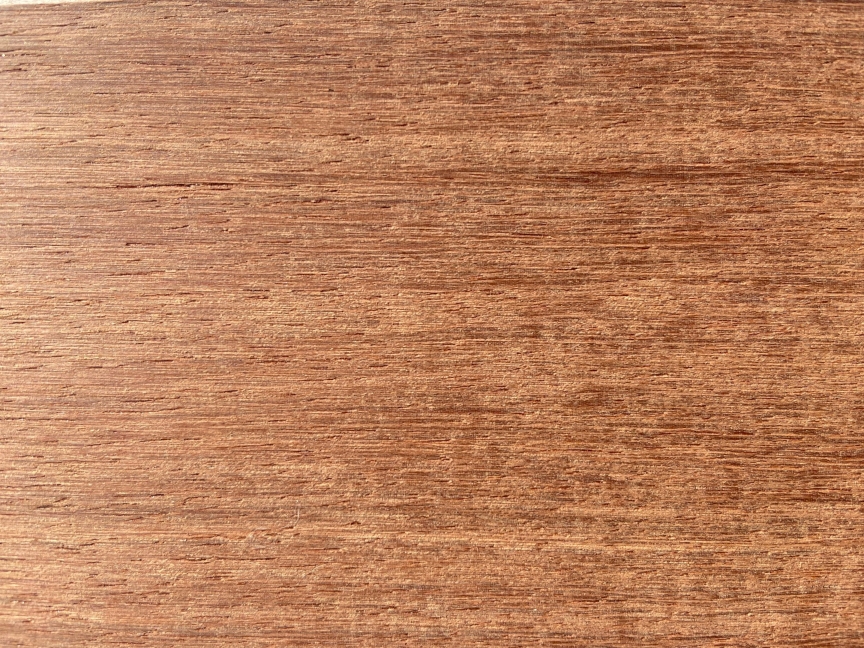
Machiche
Common Name(s): Machiche, Black Cabbagebark
Scientific Name: Lonchocarpus spp.
Distribution: Tropical Americas
Tree Size: 65-100ft (20-30 m) tall, 2-3ft (.6-1.0 m) diameter
Janka Hardness: 2700 lbf (12,010 N)
Characteristics: Machiche ranges from deep brown to a dark reddish brown with a yellowish sapwood. Can have patterns of lighter colored, thin lines in the grain, has a coarse texture, and is quite dense.
Tone: Machiche provides a bright, crisp tone with even response across the register, similar to Honduran Rosewood.
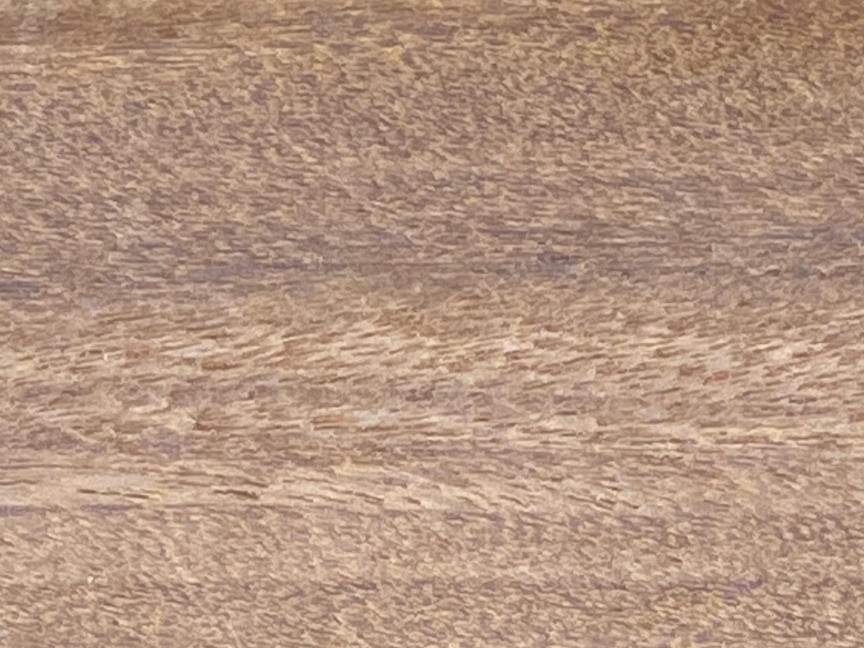
Mahogany
Common Name(s): Mahogany
Scientific Name: Swietenia macrophylla.
Distribution: Tropical Americas
Tree Size: 150-200 ft (46-60 m) tall, 3-6 ft (1-2 m) diameter
Janka Hardness: 900 lbf (4,020 N)
Characteristics: Mahogany is typically a medium reddish brown color with hues ranging from pale pink to dark reddish brown. Color tends to darken with age.
Tone: Mahogany is rich in the mid-range frequencies, often described as thick or full. This tone wood is a standard in instruments and is an excellent choice for a broad range of players and musical styles. Mahogany has a nice dynamic range and a well-balanced tone.

Maple / Hard Maple / Rock Maple
Common Name(s): Hard maple, Rock Maple, Sugar Maple
Scientific Name: Acer saccharum
Distribution: North America
Tree Size: 80-120ft (25-36m) tall, 2-3ft (.6-1.0m) diameter
Janka Hardness: 1,450 lbf (6,450 N)
Characteristics: American hard maple ranges from nearly white, to an off-white cream color, sometimes with a reddish or golden hue. Flame or quilted figuring can be displayed on finer examples.
Tone: It imparts a bright, well balanced tone to the instrument while providing excellent separation of notes.
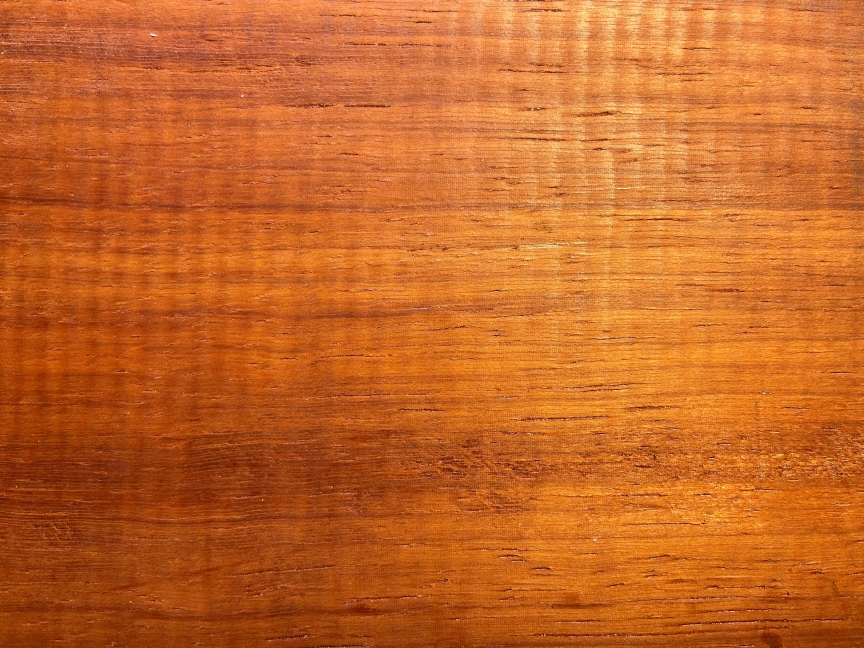
Padauk / Vermillion
Common Name(s): African Padauk, Vermillion
Scientific Name: Pterocarpus soyauxii
Distribution: Central and West Africa
Tree Size: 100-130ft (30-40m) tall, 2-4ft (.6-1.2m) diameter
Janka Hardness: 1,970 lbf (8,760 N)
Characteristics: Padauk is a medium dense wood that can vary from a bright salmon orange when freshly cut to a dark, reddish purple-brown over time and exposure to light. Similar to Rosewood with more of a red hue.
Tone: Padauk produces a strong tone with great sustain, similar to Rosewood, described as somewhere between Maple and Mahogany.
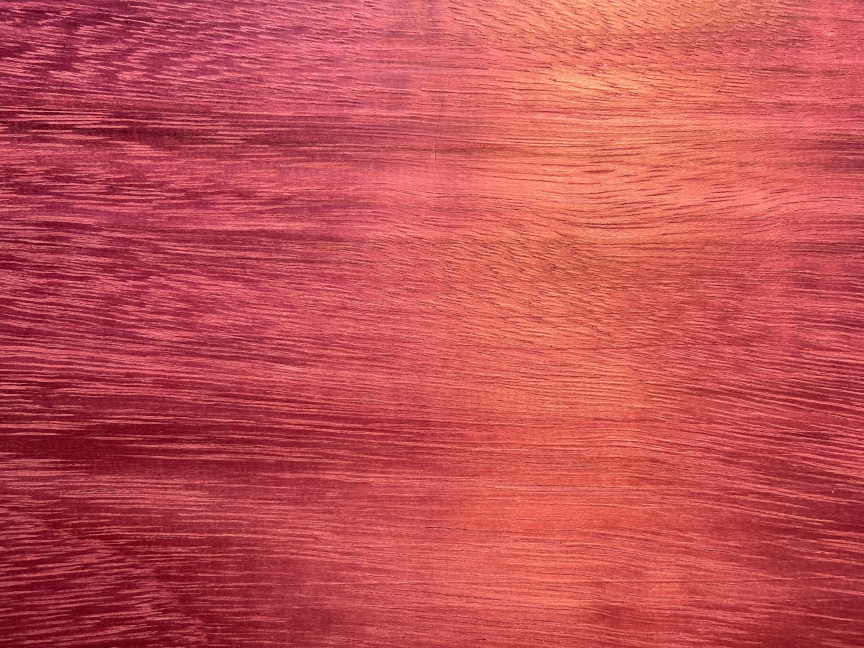
Purple Heart
Common Name(s): Purpleheart, Amaranth, Roxinho,
Scientific Name: Peltogyne spp.
Distribution: Central and South America
Tree Size: 100-170ft (30-50m) tall, 3-5ft (1-1.5m) diameter
Janka Hardness: 2,520 lbf (11,190 N)
Characteristics: Purple Heart is a dense, heavy wood. It varies in its purple intensity and will darken to a deep purple-brown over time. Its known to be difficult to work with and very hard on tools.
Tone: Purple Heart is one of the highest regarded tone-woods, known to have warm lows, bright mid range, and clear highs. It’s high density contributes to high sustain and outstanding projection.
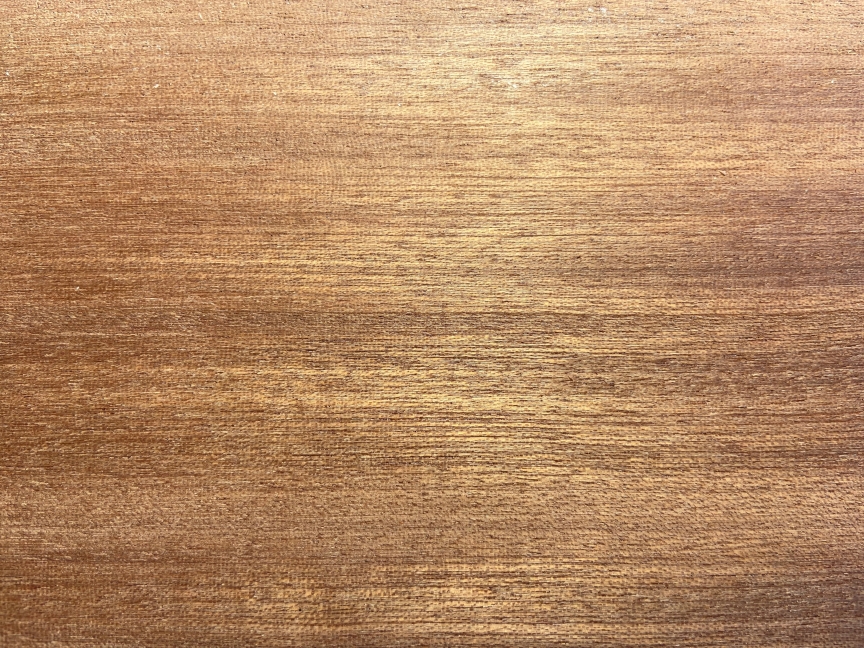
Sapele
Common Name(s): Sapele
Scientific Name: Entandrophragma cylindricum
Distribution: Tropical Africa
Tree Size: 100-150ft (30-45m) tall, 3-5ft (1-1.5m) diameter
Janka Hardness: 1,410 lbf (6,280 N)
Characteristics: Sapele varies from a rich golden to dark reddish brown and will darken with time. A variety of figuring patterns can be seen on exemplary examples. Direct contact with iron can cause discoloration.
Tone: Sapele is in the same family as African Mahogany and share the same warm, rich, wood-like tone characteristics. Outstanding for all playing styles and applications.
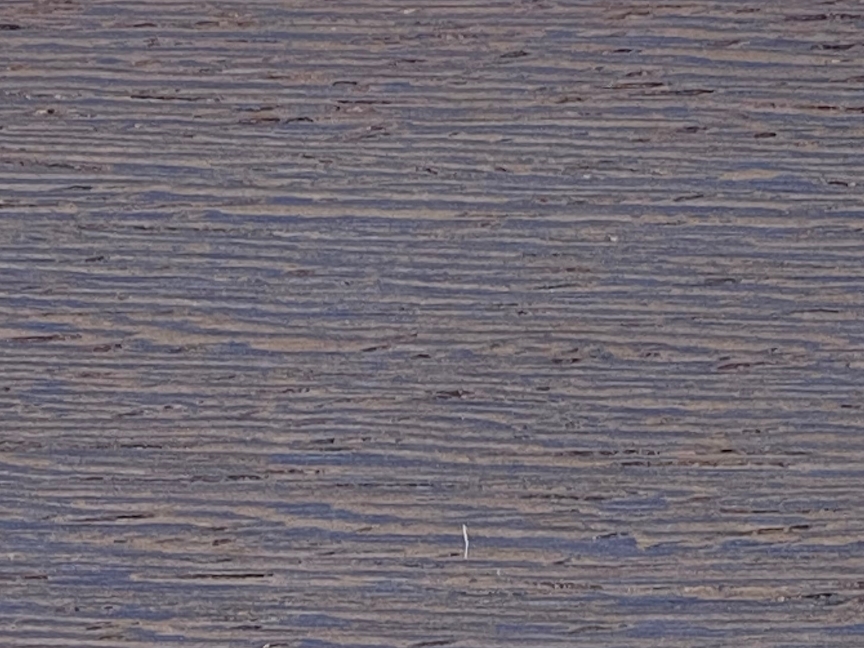
Wenge
Common Name(s): Wenge
Scientific Name: Millettia laurentii
Distribution: Central Africa
Tree Size: 60-90ft (18-27 m) tall, 3-4ft (1-1.2 m) diameter
Janka Hardness: 1,930 lbf (8,600 N)
Characteristics: Wenge is typically medium brown with reddish or yellowish variations and dark, almost black streaks. Will lighten in color with age. While being quite dense, it has large open pores and is fairly brittle. Similar in many aspects to Brazilian Rosewood.
Tone: Wenge provides a bright tone, with resonant bass, lively mid-range response, with good projection and sustain. Often described as somewhere between Ebony and Brazilian Rosewood in tone.
Now that you’ve seen some of our samples and the characteristics of the different wood species, one can see why we put so much effort into selecting the perfect wood for your custom instrument or home project.
Check out our gallery to see examples of these wood species and our products.
